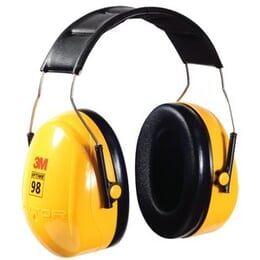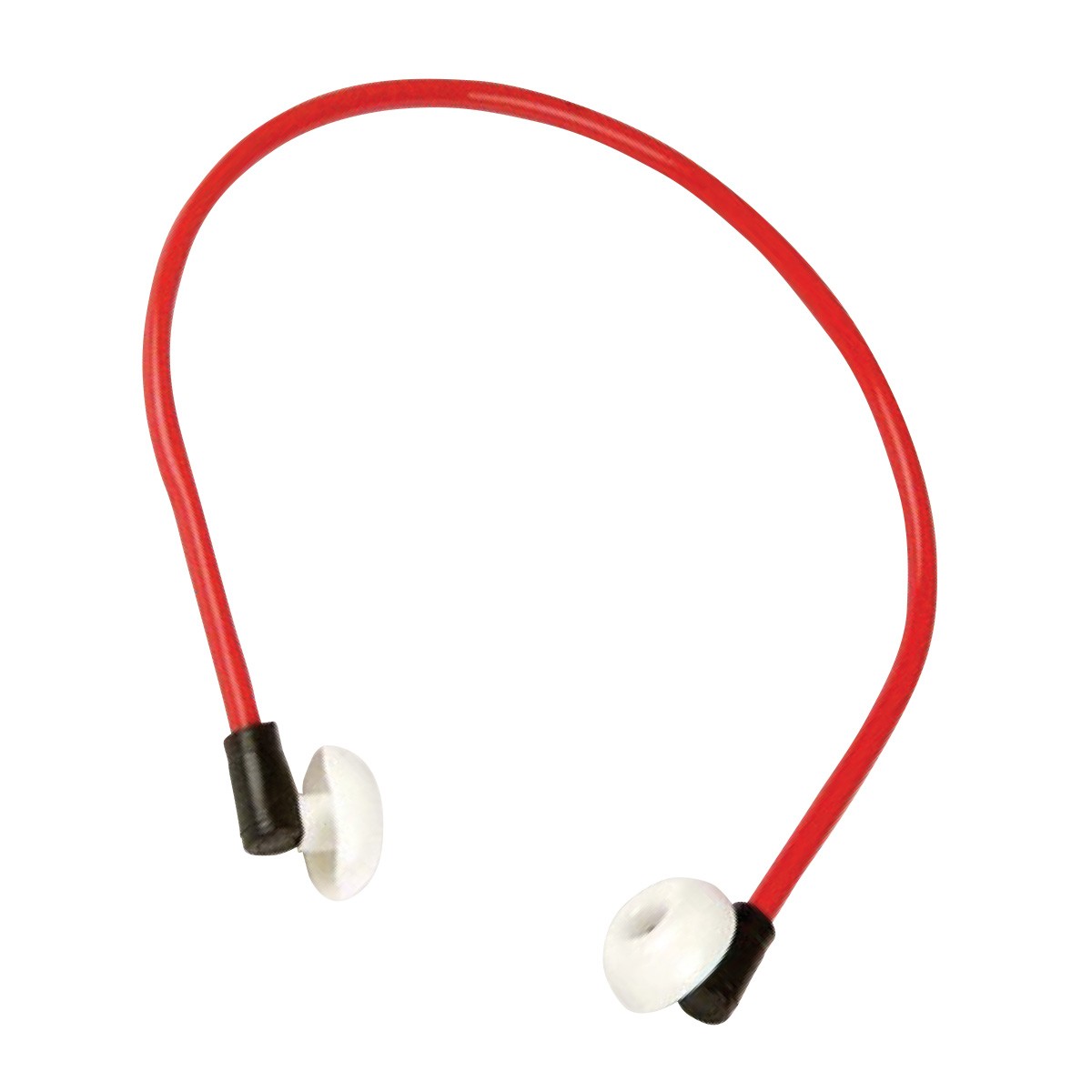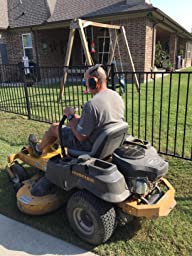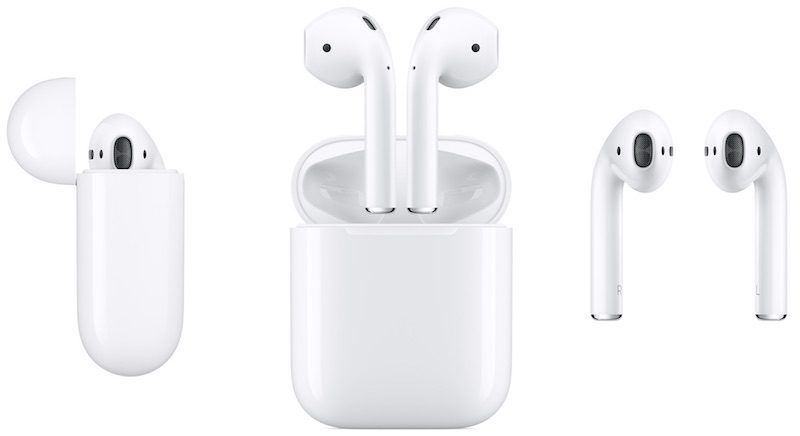Types Of Hearing Protection Devices
Last Updated on November 20, 2020 by Duncan
Earplugs

Earplugs are small in size and fit and block the ear canal. They are made from a wide range of materials such as: soft plastic, silicone, PVC, and polyurethane.
The cool thing about them is that you can use them in a wide range of noise environments. When you wear them correctly, they provide good sound attenuation.
When you wear them, you don’t have to worry about them getting in the way when you will wear a helmet or any form of eye protection.
There are many types of earplugs on the market that you can go for, with the most common being:
Soft foam earplugs: They fit into the ear canal and often expand after rolling and inserted them to fit and plug your ear canal.
The cool thing about them is that they are inexpensive, disposable, and ideal for use in areas of prolonged, continuous, high noise levels, such as at the construction site.
In most cases, these earplugs have higher NRRs.
Soft, flexible inserts: They are made from plastic, silicone, or rubber.
When you wear them, they perfectly fit and block your ear canal.
They are characterized by circular molded ridges (flanges) that aid in keeping them in place.
The cool thing about the hearing protectors is that they are easier to insert and often reusable and washable.
Due to this, they are more hygienic.
Unlike the previous ones, these have a lower NRR and are ideal for use in intermittent environments, lower noise levels, such as when you have a woodworking project.
They are also an ideal choice for you if you have problems rolling a foam rubber earplug.
Banded semi-inserts: They are custom-molded to fit an individual’s ear.
Just like the banded semi-inserts, these earplugs are easy to insert and ideal for use in areas of intermittent noise protection.
They are ideal for you if you have issues inserting the other types of earplugs.
To get the most from these units, you should ensure that the mold is a good fit.
When buying them, you should note that they tend to be more expensive than the other hearing devices in the market, but they are reusable and tend to last longer, thus you end up getting more value for your money.
How to wear the earplug

You should start by washing your hands and inspect the earplug.
You should then roll it between your fingers or across your palm.
After this, pull your ear outward and upward. Finally, insert the earplug and hold it in place until it expands.
Advantages
- Small and easy to carry around
- Easy to use and store
- Provide more protection when you are working in lower frequencies
- They come in different noise reduction levels.
- Cheap; thus you can easily replace them in the event they get lost.
- You can custom-mold them for your specific needs.
- Convenient to use with other protective equipment such as safety glasses and helmet
- You can comfortably wear them for longer periods.
Disadvantages
- When you wear them improperly, you reduce the noise reduction rating value.
- They can be a challenge to insert and remove especially if you have a small ear canal.
- They can introduce dirt into the ear canal thus, you need to practice high personal hygiene to keep them clean.
- They can irritate the ear canal.
- Difficult to monitor the usage
Earmuffs

Also known as ear defenders, earmuffs are hard plastic cups that fit your ear tightly, thus sealing the air canal.
The units surround your ears and are often sealed to your head using cushion seals.
The earmuffs have several great features that make them more attractive than earplugs.
They are more durable, easier to use, and provide better protection in certain conditions.
To wear the units, you should start by inspecting them for stiffness, tears, cracks, and other signs of wear.
You should push your hair away from the ear, then center the band and ensure a tight seal over your ears.
You should adjust the band as you feel comfortable.
Advantages
- Provide more ear protection to you at higher frequencies than the ear-plugs
- Are designed to fit most people
- You require less time and effort to apply them.
- Easy to monitor and supervise
- It’s hard to lose or misplace them.
- They provide various noise reduction levels.
- You can wear them even if you have minor ear infections.
- They are re-usable, longer-lasting, and durable than ear-plugs.
Disadvantages
- They are inconvenient to use when you are wearing other personal protective equipment.
- They are expensive thus hard to replace when they get lost or replace them.
- They can be uncomfortable to wear, especially in wet and hot environments.
- You need adequate storage facilities.
- They are heavier and less portable than ear-plugs.
Canal caps
At first look, canal caps look like a combination of headphones for mowing and earplugs, but they don’t provide as much protection as either.
The caps feature rounded heads that cover the entire entrance of the ear canal.
These pieces are ideal for you when you are working in an area that requires you to take them on and off frequently.
To maintain an effective seal with the pieces, you should apply firm pressure from the headband.
For ideal results, use them in areas of intermittent noise.
Advantages
- Easy to insert
- They provide different noise reduction levels
- You can use them several times.
- Ideal for you when you are going in and out of noisy areas
Disadvantages
- You need to buy the correct size.
- You need to insert them properly for them to provide you with noise reduction.
- More expensive than earplugs
- Have lower noise reduction ratings than plugs and muffs
Conclusion
These are some of the hearing protection devices that you can use to protect your ears.
For the units to protect your ears, buy them from a reputable store.
You also need to take good care and store them safely so that they don’t get lost.


